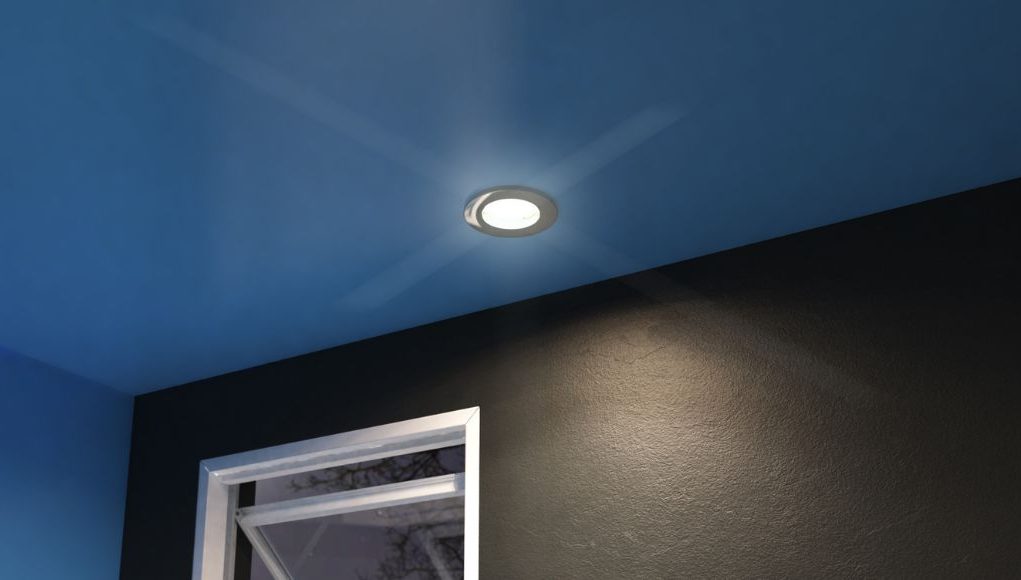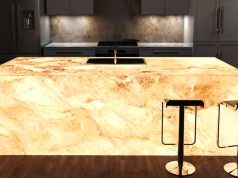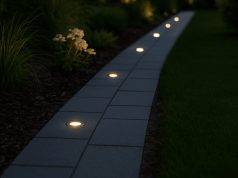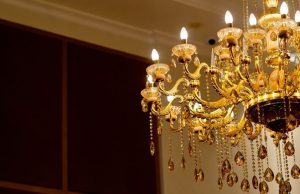LED technology has been around for quite some time. However, there are still many misconceptions about it. One of the most assumed notions about LED lights is that it’s brighter than conventional lighting solutions (fluorescents, incandescent, halogens, etc.). Well, that’s hardly the case! LEDs are as bright as other lighting solutions but consume energy at a lower requirement.
There are two units that you need to take note of, lumens and wattage. Lumens are the measurement of luminance, while wattage is the measurement of power. Traditional lighting solution bases their light output count on wattage, while LEDs sums it using lumens.
For example, a traditional 100w incandescent lamp can produce 1600 lumens of light. Whereas an LED bulb can have the same 1600 lumens while only consuming 16w to 20w of power! Using LED bulbs will lower your power consumption 5 times less than a traditional fixture.
Lumens vs Brightness
Lumens are the quantity of light a device radiates, while brightness is a perception based on the amount of light, distance from the light source, and focus of the light. Candela is a unit of measurement used to quantify lumens at a certain distance and can also be a reference for brightness. When comparing two fittings, it’s ideal to measure them at the same distance to get an accurate measurement of luminance.
Brightness Level of LEDs
If you’re wondering how bright LEDs can become, there’s no telling to what extent this technology can evolve. Until today, LEDs are continually innovating to cater to consumers’ various needs. But, to give you an idea of how bright LED lights are, there are LED flood lights that use 300 watts and can produce 24000 lumens! It’s exceedingly bright and ideal for outdoor use since putting it inside your home will be overwhelming.
Benefits of LEDs
LED lights are packed with many benefits, so you’ll not have a shortage! Some of its well-known advantages are its energy-efficient, long average lifespan and have more excellent light quality. Aside from that, LEDs are beneficial not only for you but also for the environment! Since it lasts long, it can help reduce the number of light bulbs that reach landfill and contain no harmful chemicals like mercury.
Choosing the Best LED Downlights
Downlights always make the cut when thinking about the most common applications of LEDs. It’s a fixture you’ll see in most modern homes, and they’re trendy for their discreet and warm general lighting. However, when shopping for an LED downlight, there are many considerations to think about. So, here’s a simple guide to help you pick the ideal downlight for your needs!
Colour Temperature
When determining the colour temperature, pick the colour that’s most appropriate for the space. Choose a cool white light for areas in your home that tend to become hot, like the kitchen or laundry room. On the other hand, warm white light is suitable for intimate spaces like the bedroom or living room as it can bring a relaxing atmosphere. Natural white light is an excellent all-around colour temperature since it has a clean and cool look but still gives off a bit of warmth without overpowering your vision. It’s like having a natural skylight seeping through your ceiling!
Lumens Output
Unlike halogens and fluorescent lamps, LED downlights determine their light output using lumens rather than wattage. So, when picking a downlight, the higher the lumens count, the brighter the light. However, do you always need to get the most brilliant light? That depends on where you’ll install the downlight. If it’s in the kitchen or home office, higher lumens output is necessary to give you a clear view of the space. However, in areas where you sleep and relax, a high lumens output may not be ideal since it can disrupt the room’s purpose.
Energy Efficiency
LED downlights are the best at balancing wattage with lumens output, making them energy-efficient with high-quality luminance. You’ll probably install more than five downlights in a room. Therefore, choosing a 60w halogen downlight is not ideal when you can get an 8w to 12w LED downlight with the same brightness!
Beam Angle
Most LED downlights would have a 45-degree beam angle since they’re recessed. If you want a softer light appearance for the living room or the bedroom, opt for a wider beam (60 degrees or up). However, a narrower beam angle (25 degrees) is ideal for the kitchen since it’ll produce a more concentrated glow. It’ll enable you to clearly see smaller details and illuminate a surface adequately.
Having pools of light is better than one glaring in your eyes since it sets the perfect ambience. If you’re unsure which beam angle to get, anything between 60 – 120 degrees is a safe option.
Spacing
Spacing depends on the beam angle of your LED downlights. For wider beams, you’ll need to put 1.2 metres to 1.5 metres gap. If you’re using a narrower beam, you’ll need a 1-metre space. So, when buying downlights, measure your room and consider the light beams you’ll get, so you’ll know how many fixtures you need to buy.
Colour Rendering Index
CRI is a light source’s ability to reveal an object’s colour. Generally, a good CRI rating is between 80 – 90. However, if you want the vibrant tones to pop, get natural white light with a high CRI rating (90 and above).
Locating the brightest LED downlight is not always the answer since each room has a specific need. So, instead of finding out the most brilliant, getting the best downlight for your needs is better! If you don’t know where to get high-quality LED downlights, visit our website! We have an extensive collection of downlights, including GU10 downlights, fire-rated downlights, IP65 downlights and more!













